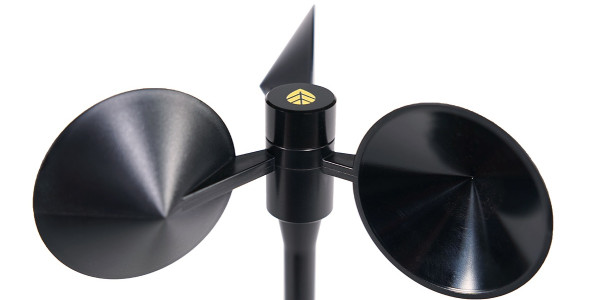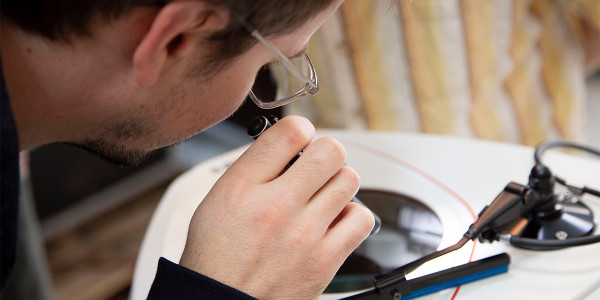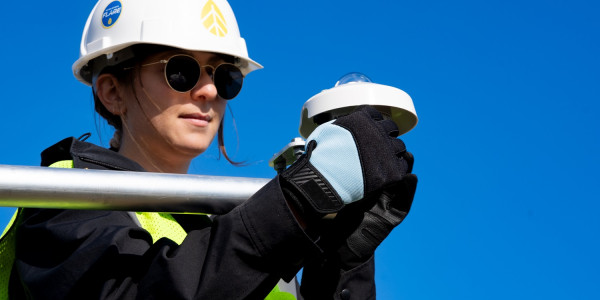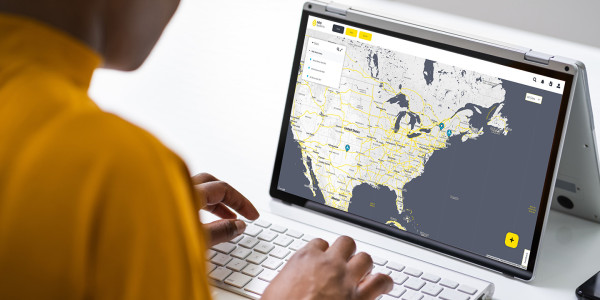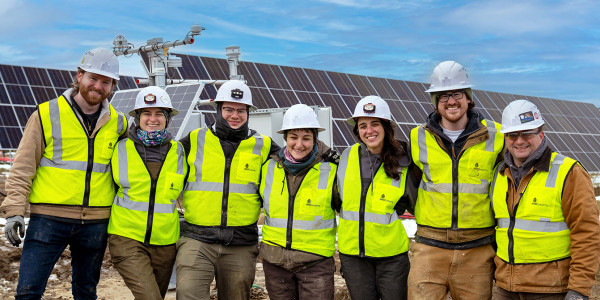January 28, 2011
It’s an understatement to say we’re living in a time of uncertainty.
Wind resource assessment is not unlike prospecting for oil and gas. It uses sophisticated technology to gather large volumes of data; estimates and projections are made from complex models; and risk is managed by quantifying the uncertainties at each step. In the wind industry, developers gather data on the wind at prospective sites, analyze the data, and model the performance of a future wind farm.
Over the past several years demand for more accurate and complete data has intensified. With more stakeholders involved, tighter access to capital, and wind growing as a percentage of total energy supply, the data is under tighter scrutiny and reduced uncertainty is expected. That means the equipment used to measure the wind must be reliable and accurate – placing greater pressure on manufacturers like NRG Systems to meet those demands.
In today’s market, uncertainty has a whole other meaning for the wind industry. 2010 was abysmal for wind energy development in the U.S. With installations back down to 2007 levels and Congress not yet able to enact a long-term energy policy, those of us in the wind industry worry that 2011 could be another slow year for installations in the U.S.
What do wind energy executives do in the face of this uncertainty? I argue the approach we take as an industry is the same one we’ve been taking in resource assessment for years. We minimize risk wherever possible while at the same time moving beyond our comfort zones to find new and better ways of doing things.
It’s a paradox really – minimizing risk sometimes means embracing new ideas.
In wind resource assessment, new applications of remote sensing technologies such as LiDAR (light detection and ranging) are helping to reduce uncertainty associated with the annual energy production estimate. By measuring wind speed and direction directly at turbine hub heights and the entire swept area of the blade, these technologies can remove some of the guess work that comes in extrapolating from a meteorological mast (typically at 60 meters) to heights of 80 meters and above. At the same time, it’s a leap of faith for many developers to embrace this technology that they don’t have much experience with. It’s a calculated risk that, for many, has helped them secure more favorable terms from banks and lenders.
2011 may indeed be a hard year for wind energy but there are three things we can do to make it brighter:
1. We must take an appropriate amount of risk while continuing to minimize uncertainty and improve the performance of wind energy overall.
2. We must embrace new ideas and technologies.
3. (Probably the most important) We must take the long-view, knowing that new technologies take time to bear fruit.
Doing all three at once will help us meet our ultimate goal of making clean, abundant wind power available for more customers worldwide.
